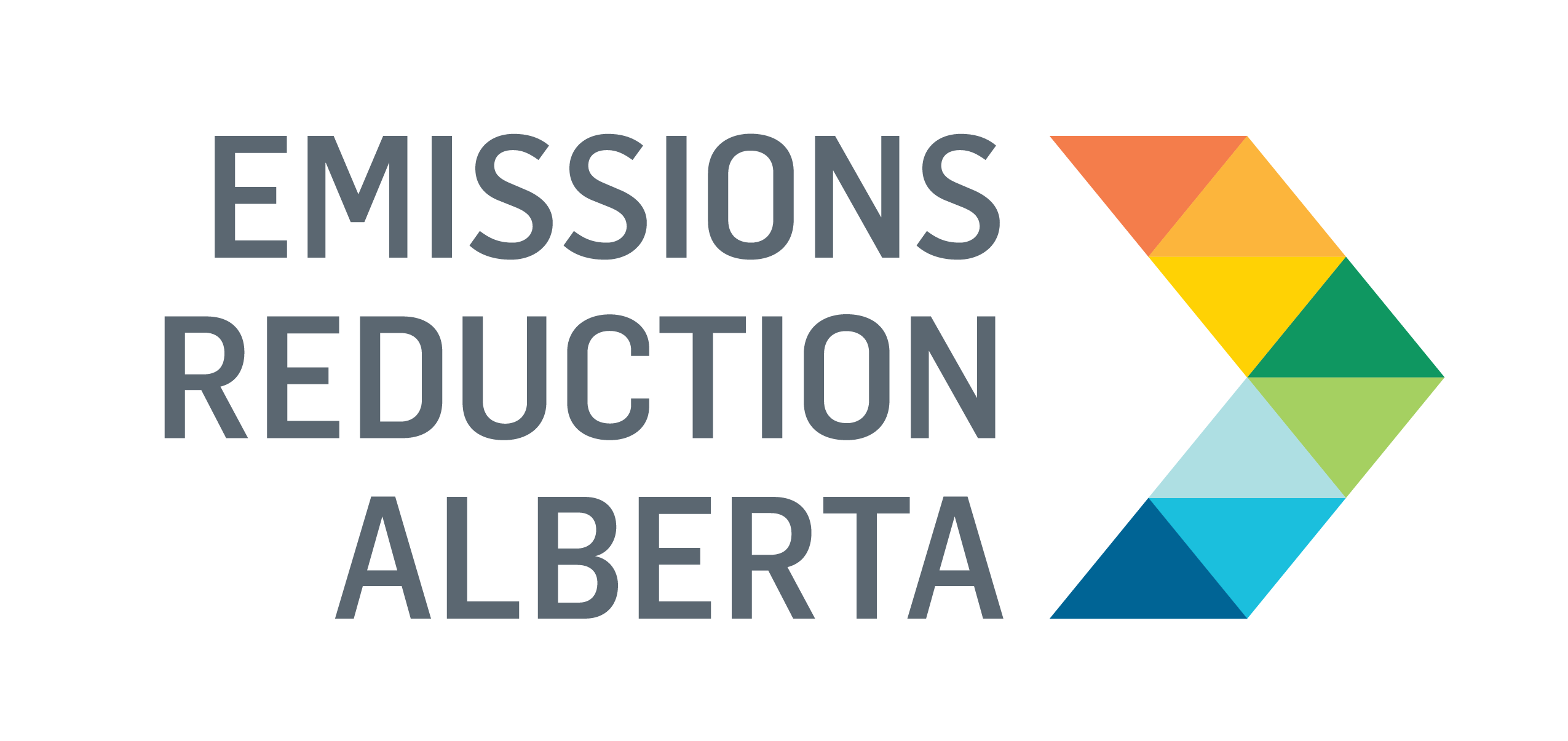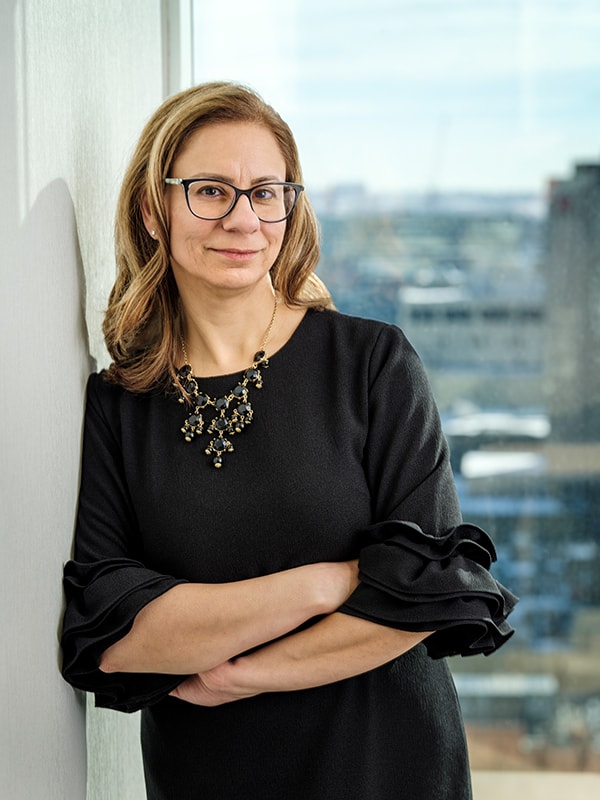As the Manager of Technology and Innovation for Canadian Natural, and a co-owner of a clean technology energy start-up, Meera Nathwani-Crowe is uniquely positioned in Alberta’s innovation system. On one hand, she is trying to get a business off the ground. On the other, she works for a large oil and gas company that creates market pull for clean technology innovations. From this vantage point, she can see—and has experienced—barriers across the entire innovation system.
Why is CCUS so important?
I’ve had the opportunity to work in renewables, not just oil and gas, and I don’t believe we need to be pitting one type of energy against the other. I think all forms of energy are relevant in our system. I think the issue is, we need to eliminate CO2 emissions from whatever form of energy we are working on. For the oil and gas sector, CCUS is a critical option to do that. There’s a lot more at stake here, it’s not just a business driver, it’s not just about returning value to shareholders and mitigating future risks. I question what the world’s energy system and global emissions would look like if oil and gas consumption continue to grow and Canadian innovations are not there to decarbonize those emissions. As these technologies de-risk, they will cross industry boundaries, geographical boundaries, and political boundaries. If we don’t accelerate activity in this space, we could be missing the boat.
What is the missing link?
The utilization component is very important from an economics perspective. Carbon capture and storage is still quite costly. The ability to utilize CO2 to generate revenue from a product stream is essential to drive down the cost. It’s an important enabler for these technologies. And, I don’t think we’ve fully explored the breadth of opportunities to diversify the range of utilization options, I don’t see a lot of geological and biological processes. I think this is an underexplored space. I’m hopeful there is still much more you can do with CO2 when you add on those types of conversion processes.
What are the conditions for success?
In terms of acceleration, I think that government can play a critical role. Especially in our sector right now when we are facing unprecedented discounts on commodity pricing. It’s risky developing technology, especially in the early stages. When you think about how we mature those technologies, and how we accelerate the propagation of those technologies once they’ve been developed, collaboration is an important part of that acceleration narrative and market penetration narrative. Through collaboration, we are able to learn from one another faster. We are able to share successes and failures faster and move on. Sharing of learnings is essential. Sharing of technology gaps and challenges and what is needed to integrate with industry is essential. It’s a far more connected world now than 10 years ago, and it’s foolish for one company to think that they have the best and brightest minds on their payroll. There are too many creative minds around the world we can access through open innovation.
What is Canadian Natural doing with CCS and CCUS technologies?
Canadian Natural has a 70 per cent ownership of the Quest [Carbon Capture and Storage (CCS)] Project. We also have 50 per cent ownership of the Northwest Refinery, which is also CCS enabled. And, we also have a CCS project at our Horizon Mine. We also have Enhanced Oil Recovery (EOR) at our Hays gas plant. All in, when you add up our CCS and CCUS activity, we are ranked third largest in the world in the oil and gas sector for capturing carbon. So, we are a material user of these technologies. In total, CNRL captures 2.7 million tonnes per year, equivalent to removing 570,000 cars off the road.
What advice would you give technology innovators?
Wearing my start-up hat, I can understand the challenges and I can totally empathize with them. My advice is to persevere and not give up. It’s never easy to start. Some of the challenges I see now— working with Canadian Natural and engaging with those venders—I think industry can do a better job helping them understand our operations. To understand what it truly takes to integrate with our facilities; what it takes to actually operate in the harsh environments of northern Alberta. When you are looking at connecting with innovators around the world; working in the oil sands and Fort McMurray is unique and helping others understand what it’s like up there is important.
What barriers do you see?
Uncertainty, be it regulatory or political uncertainty, creates risk in these projects. While it may not create risk on a research and development perspective, it certainly does create risk with the decision to implement a technology. Any of these CCS or CCUS projects have a long-life. If they are tied to our facilities, they are decades long. We need to have certainty on the price of carbon over that time frame. Because there is a lot of uncertainty, it’s very important for us to have multiple technology pathways. We want to de-risk numerous technology options that give us the flexibility to implement when the time is right—the right market conditions, the right pricing conditions.
How do we move forward?
I think the issue is not so much a question of policy. I think it’s a question about support from Canadians. Ultimately, policy reflects the values of Canadians. Political will reflects the values of Canadians. The politicians and their decisions reflect the values of Canadians. I don’t think the average Canadian understands the importance of this technology, not just in oil and gas, but to numerous sectors. They don’t understand the economic risks to these sectors if they do not have viable, affordable CCUS technology options available to them.
Meera Nathwani-Crowe was a panelist at ERA’s most recent Lessons Learned Workshop. The full-day, at-capacity event focused on carbon capture, utilization, and storage (CCUS). The event helped inform SPARK 2019: CARBON POSITIVE.

